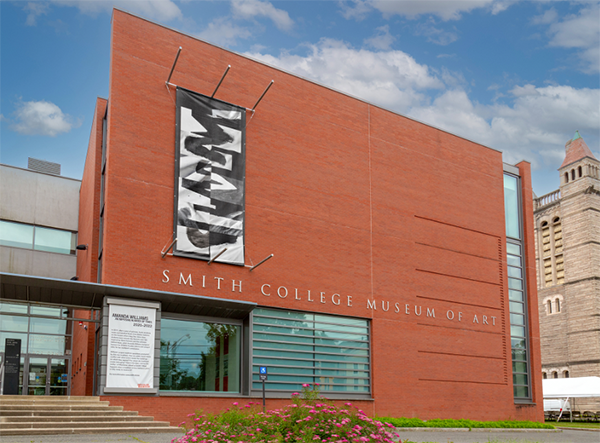Files
Download Full Text (1.6 MB)
Preview

Creation Date
2021
Publisher
Routledge
City
Abingdon, Oxon ; New York
Document Type
Book Chapter
Description
Chapter abstract:
Sometimes accompanied by cretinism, which stunts physical and cognitive development, goitre was described in ancient and early modern texts alike as especially prominent, or 'endemic', among the low, labouring class living in the mountainous regions of Italy. Close analysis of the sculptures at the Sacro Monte of Varallo, Caravaggio's Crucifixion of Saint Andrew, Neapolitan presepi, and Ribera's prints will expand on Merke's categories to demonstrate that the representation of goitre in this period was varied and complex. Caricature is the vehicle for another source of the definition of goitre in early modern Italy. Moreover, the sheet provides evidence for the popular conceptions of goitre in early modern Italy as an infirmity that was socially coded and associated with the labouring classes.
Book abstract:
This volume is the first in-depth analysis of how infirm bodies were represented in Italy from c.1400-1650. Through original contributions and methodologies, it addresses the fundamental yet undiscussed relationship between images and representations in medical, religious, and literary texts. By exploring the works of artists such as Caravaggio, Leonardo, and Michelangelo, this study considers the idealised body altered by diseases including leprosy, plague, goiter, and cancer. The interdisciplinary approach makes this study the perfect resource for both students and specialists of the history of art, medicine and religion, and social and intellectual history across Renaissance Europe"-- Provided by publisher




Comments
Chapter 8 from Representing Infirmity: Diseased Bodies in Renaissance Italy, edited by Fredrika Jacobs, John Henderson, Jonathan K. Nelson